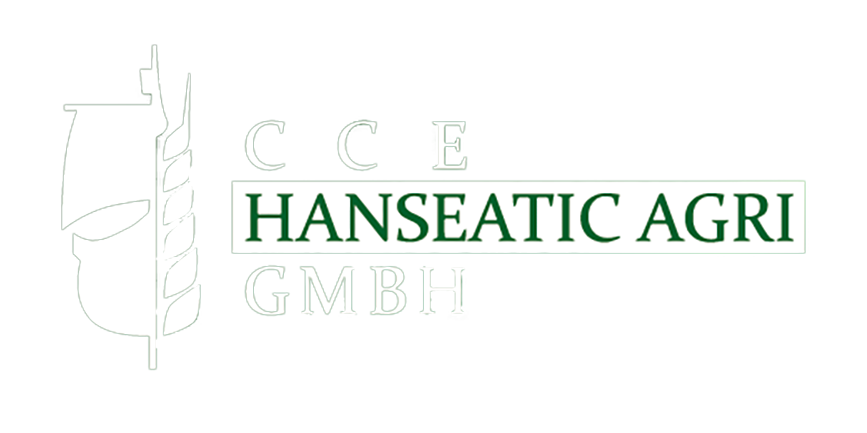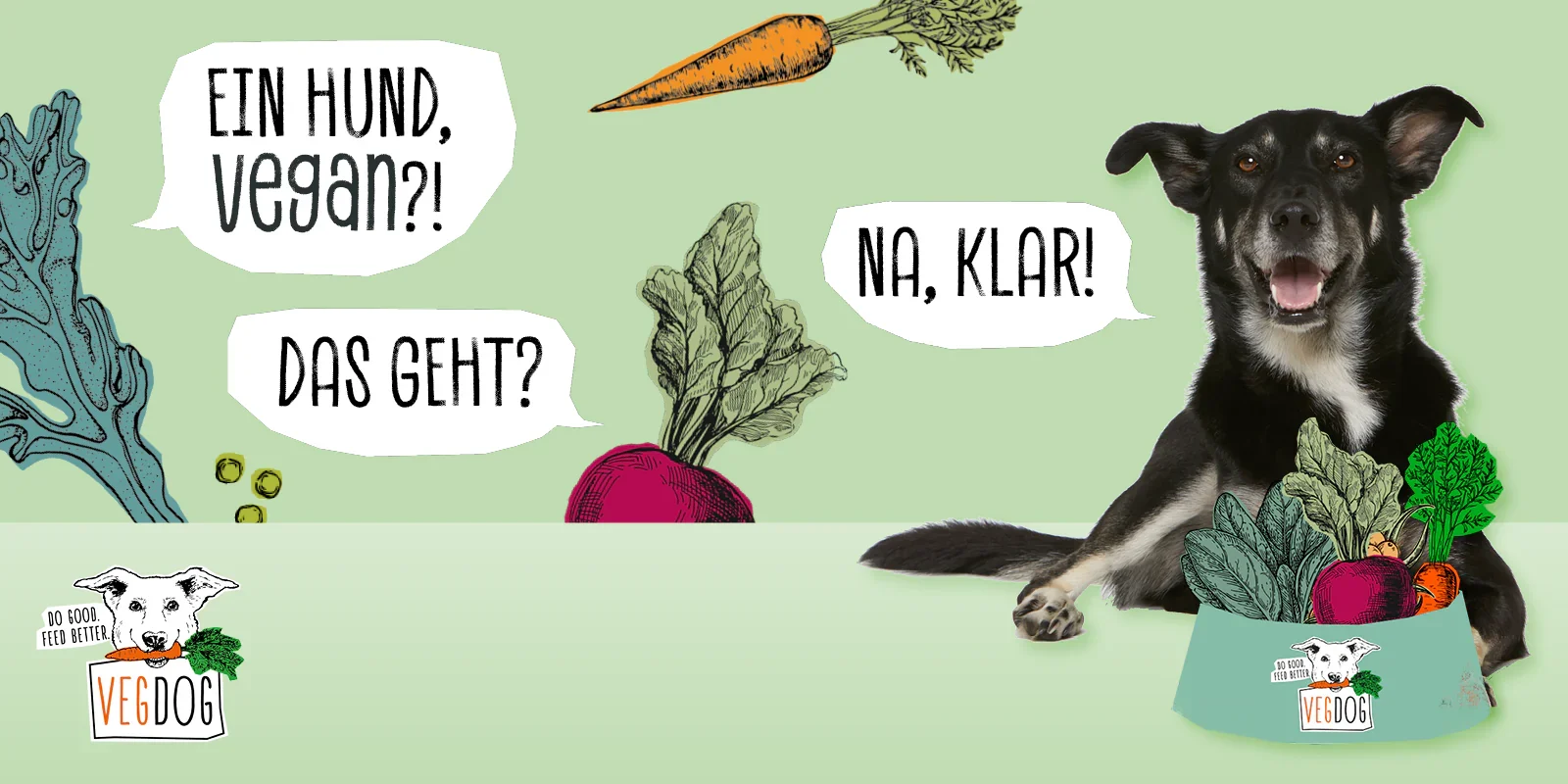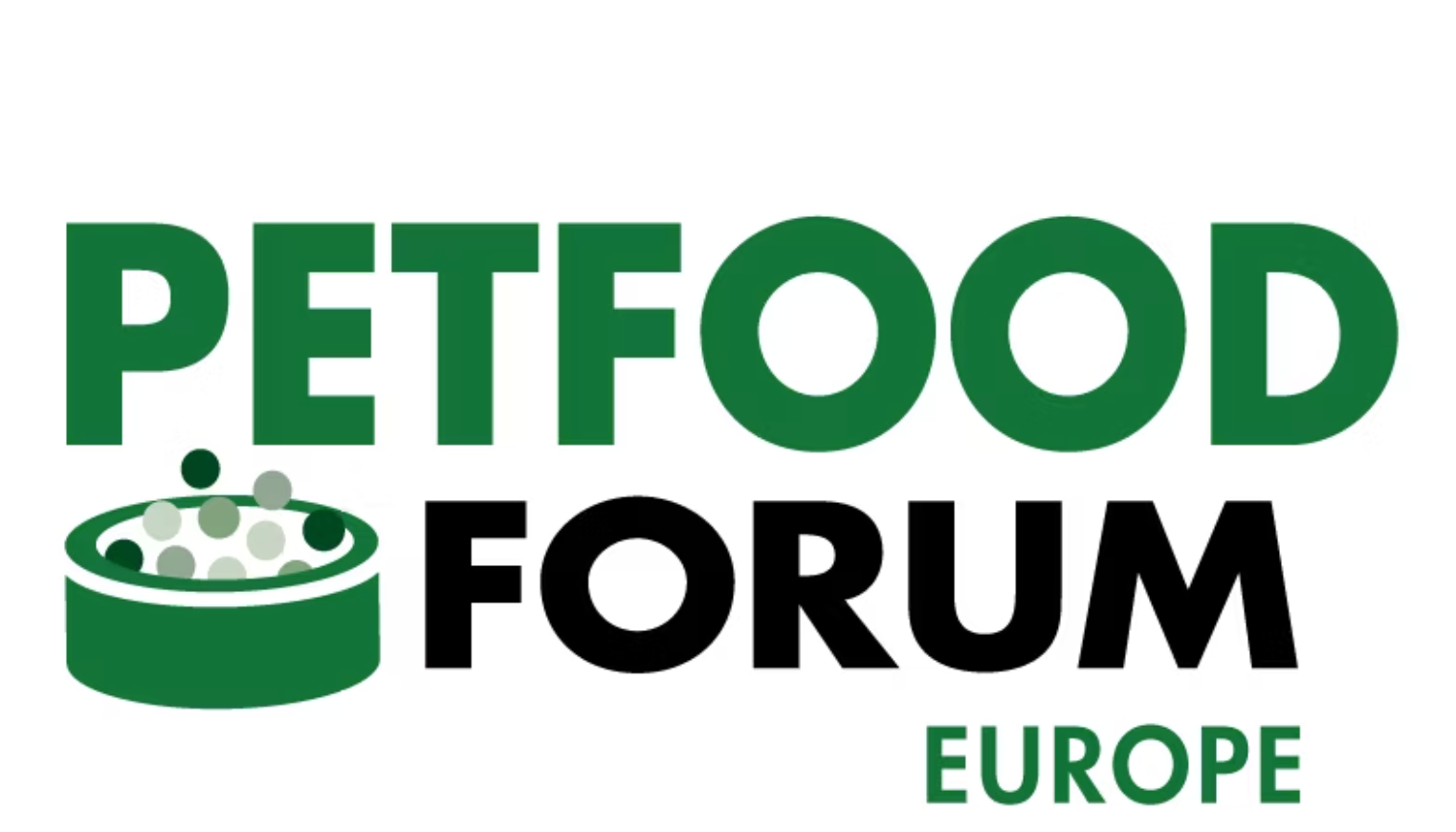Nutrition Challenges With Pet Owners
Pet Owner Awareness of Nutrition
Awareness of pet nutrition extends beyond merely serving meals to our pets. As we dive into this subject, we must realize that about half of pet owners grasp that pet nutrition involves more than feeding their animals. However, this awareness often fades after the initial puppy or kitten stages. As pets grow, their nutritional needs evolve, yet many owners miss these changes. Here’s why this matters for those of us in the pet food industry:
- Young pet owners are usually more engaged, asking about proper nutrition for their growing animals.
- There’sEngagement drops as pets age. Owners might only see the necessity for nutrition discussions if the pet appears unwell.
- This represents an opportunity for pet food companies to educate on the life-long importance of tailored pet diets.
Time Constraints and Information Overload
Discussing nutrition in every vet visit sounds ideal but isn’t always feasible. For those of us in the pet food industry, understanding veterinarians’ constraints can guide how we support educational efforts. Here are a few points:
- Vets have limited time during appointments, making comprehensive nutritional guidance challenging.
- Pet owners often receive a barrage of information during visits, which can overwhelm them and make retention of specific dietary advice difficult.
This challenge underscores the need for clear, concise communication from pet food companies about the health benefits of our products and simple feeding management guides that are easy for owners to follow.
Pet Obesity: A Growing Concern
Pet obesity remains a significant challenge, with multiple factors contributing to this trend:
- Recognition: Many owners don’t realize their pets are overweight, as heavier pets have become more commonplace.
- Portion Control Misunderstandings: Misinterpretations of feeding guidelines contribute to overfeeding.
- Emotional Feeding: Owners often use food as a treat to compensate for perceived shortcomings in attention or exercise.
As a leader in the pet food market, we are responsible for partnering with veterinarians and educating our clients on recognizing and combating obesity through proper pet food diets and accurate feeding practices.
Cost vs. Value of Higher Quality Pet Food
The debate between cost and value is prevalent in many pet owners’ pet food purchasing decisions. Here’s how we can think about this issue:
- Many owners experience sticker shock when confronted with the price of high-quality pet foods without understanding the long-term benefits and cost savings of reduced portion sizes and lower vet bills due to better health.
- Educating our clients on the value proposition of premium pet foods can aid in bridging this gap.
Commercial Pet Foods: Quality and Standards
We are committed to producing high-quality commercial pet foods that adhere to stringent safety standards and nutritional guidelines. Our focus is on:
- Ensuring consistent quality that contributes to pet health.
- Use organic pet food ingredients to enhance the appeal and nutritional value.
- Providing detailed product information to help our clients make informed pet food purchasing decisions.
The Role of Pet Food Ingredients in Health
The selection of ingredients in pet food plays a critical role in the overall health benefits these diets offer. As we develop our products, we emphasize:
- The nutritional impact of each ingredient.
- There is a need for transparency in our ingredient sourcing.
- The benefits of a balanced diet on the long-term health of dogs and cats.
Innovation in the Pet Food Industry
Innovation is key to staying ahead in the competitive pet food market. We strive to introduce products that meet the evolving needs of dog and cat owners, focusing on:
- Developing diets that cater to specific health issues like obesity and allergies.
- Exploring new formulations that maximize nutritional benefits without compromising taste or quality.
Feeding Management: Simplifying the Science
We understand that feeding management can seem complex. To assist our clients, we provide:
- Clear, easy-to-understand feeding guidelines.
- Resources that help pet food companies educate their customers effectively.
- Strategies to simplify diet transitions and feeding routines for pet owners.
By addressing these challenges head-on and providing comprehensive solutions, we support pets’ health and well-being and strengthen our relationships with pet food companies and veterinarians, ensuring that we all work together towards healthier futures for pets worldwide.












